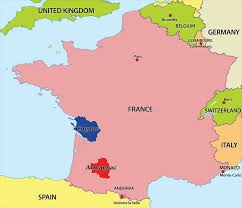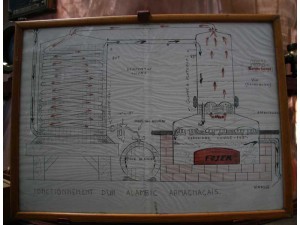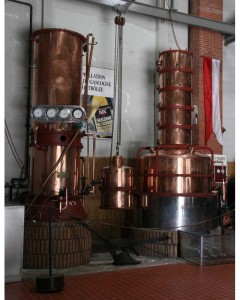The Ancient Art of Tasting Armagnac
Armagnac is probably the oldest known wine spirit in the world but the art of distillation was introduced by the Arabs between 1411 and 1441. In the department of France known as the Landes, they produced an agua ardente, or fire water, which was used initially as a therapeutic cure. Tasting Armagnac for pleasure ensued when it was established that storing the spirit in barrels developed desirable flavours.
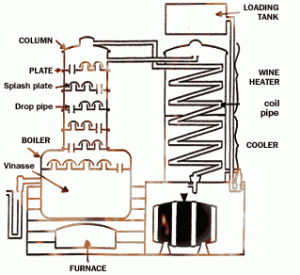 Armagnacs are the earliest examples of distilled wines known in France. Traditionally they are made using the Folle grape although others, including Colombard, Ugni Blanc and even more recently, the Baco all contribute to its flavour. Initially distillations were on a pot still but by the 19th century the continuous still was more highly favoured. The distillation process of armagnac allows the spirit to be distilled at a much lower alcohol content range than that of its big brother cognac, produced 100 miles to the north. The lower range produces a greater fruitiness (but less refined) flavour in the spirit.
Armagnacs are the earliest examples of distilled wines known in France. Traditionally they are made using the Folle grape although others, including Colombard, Ugni Blanc and even more recently, the Baco all contribute to its flavour. Initially distillations were on a pot still but by the 19th century the continuous still was more highly favoured. The distillation process of armagnac allows the spirit to be distilled at a much lower alcohol content range than that of its big brother cognac, produced 100 miles to the north. The lower range produces a greater fruitiness (but less refined) flavour in the spirit.
It is this process that produces the major differences between armagnac and cognac. Armagnac can be distilled between 52 degrees and 72.4 degrees alcohol whilst the lower end of the cognac distillation range is 67 degrees. Armagnacs distilled at the lower end of their range have a distinctive prune flavour which gradually turns to a more crystallised fruit flavour if the alcohol content is nearer the top of the range.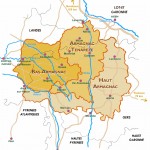
There are no major producers of armagnac and even the largest firms only produce around 1 – 2 million bottles per annum. The highest quality, most refined and complex armagnacs come from the Bas cru where the spirit ages much better. Most of the production occurs in the Tenarézè cru where armagnacs with a more perfumed style are made. It is the least industrial of all French spirits so much of the joy of armagnac comes from the variety produced by its highly individual peasant roots.

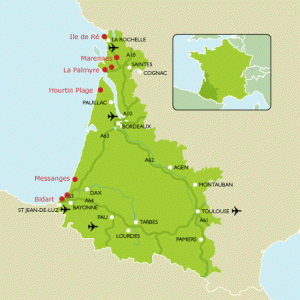 David McAninch has written this highly entertaining book about Gascony – “France’s Last Best Place” after an 8 month stay in the region. With interesting quotes such as “the quantity of
David McAninch has written this highly entertaining book about Gascony – “France’s Last Best Place” after an 8 month stay in the region. With interesting quotes such as “the quantity of 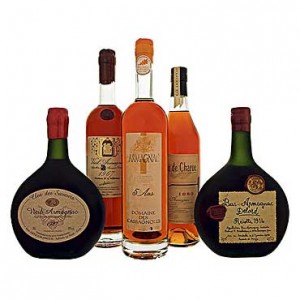
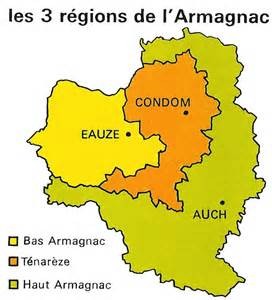
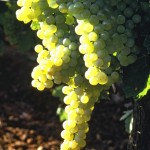
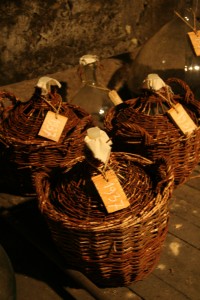 Even with this reduced vineyard area, demand and production in the 1960s started to grow again. Sales in the domestic market grew faster than exports and mainly comprised young, cheap brandies. This resulted in little being left in the barrels to sell in later years as vintage armagnacs but interest in the fruity brandy had begun to develop. By the start of the 1980s production had risen to nearly 35,000 hectolitres of pure spirit, a level that by 1990 had nearly doubled to 60,000 hl pure. The Armagnaçais had started to realise the many benefits of their spirit over their competitors.
Even with this reduced vineyard area, demand and production in the 1960s started to grow again. Sales in the domestic market grew faster than exports and mainly comprised young, cheap brandies. This resulted in little being left in the barrels to sell in later years as vintage armagnacs but interest in the fruity brandy had begun to develop. By the start of the 1980s production had risen to nearly 35,000 hectolitres of pure spirit, a level that by 1990 had nearly doubled to 60,000 hl pure. The Armagnaçais had started to realise the many benefits of their spirit over their competitors.